In 2025, Canadian grocery bills are still climbing, and many everyday items are shockingly overpriced. Inflation, supply chain issues, and global demand have combined to make staples more expensive than ever. For households already stretched thin, some foods stand out as especially painful at the checkout. Here are 17 grocery items Canadians are paying way too much for in 2025:
Milk
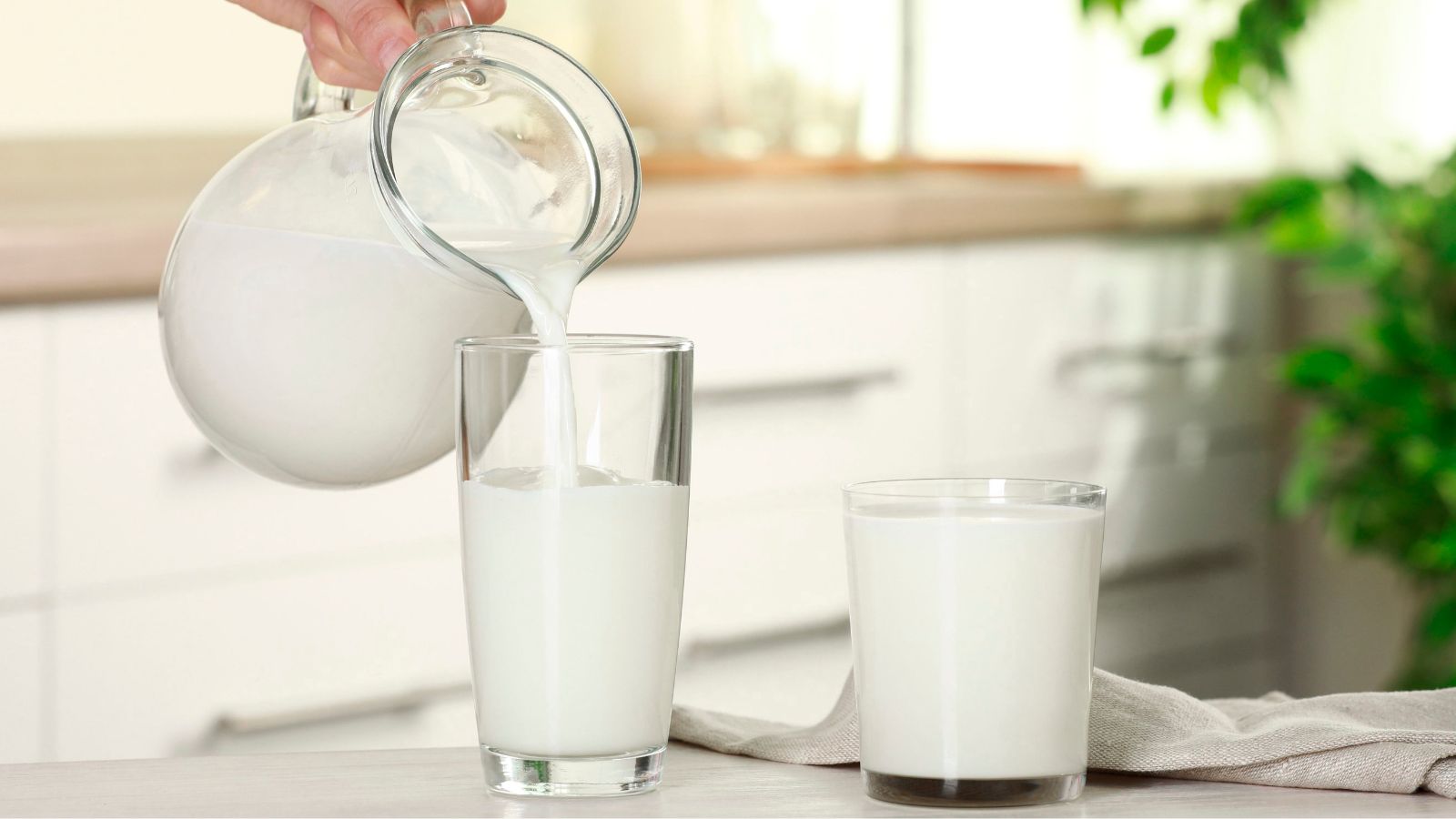
Milk prices have surged across Canada, with the average liter now costing well above historical norms. Supply management rules, rising feed costs, and inflation have all played a role in driving prices higher. Families who rely on milk daily feel the sting most, with the cost of a four-liter jug creeping past $7 in some provinces. While alternatives like almond or oat milk exist, they’re often just as expensive. What was once a basic household staple is quickly becoming a budget strain, leaving many Canadians frustrated every time they head to the dairy aisle.
Cheese
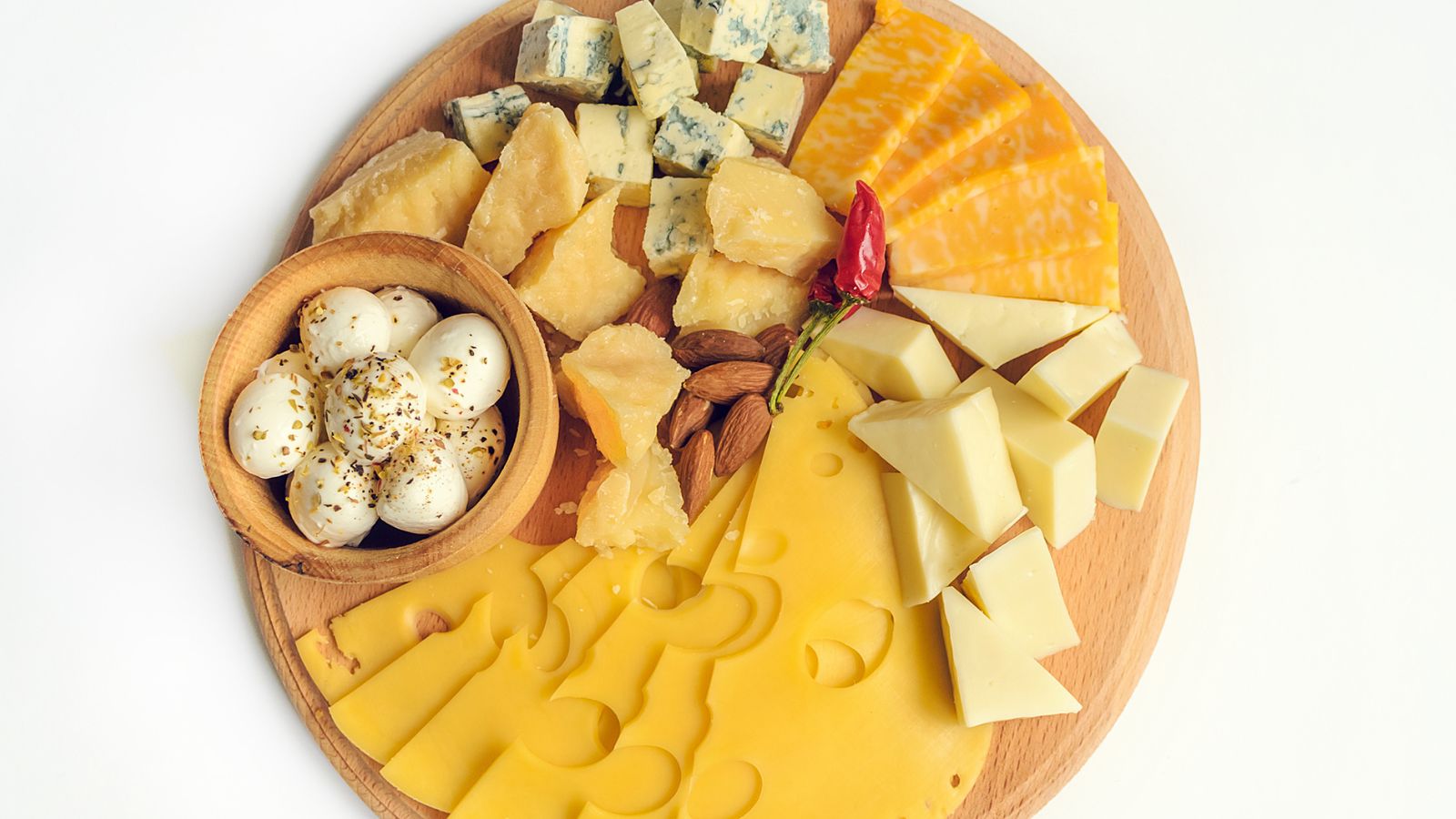
Cheese has become one of the biggest offenders when it comes to inflated grocery prices. Whether it’s cheddar for sandwiches or mozzarella for pizza night, shoppers are shelling out close to $15-20 for larger blocks. Canada’s strict dairy quotas and tariffs limit foreign competition, keeping prices high, and imported specialty cheeses can be even more costly, making them a rare treat rather than a fridge essential. Families who once bought cheese weekly are now cutting back or waiting for sales. In 2025, cheese feels less like an everyday grocery item and more like a luxury splurge.
Bread
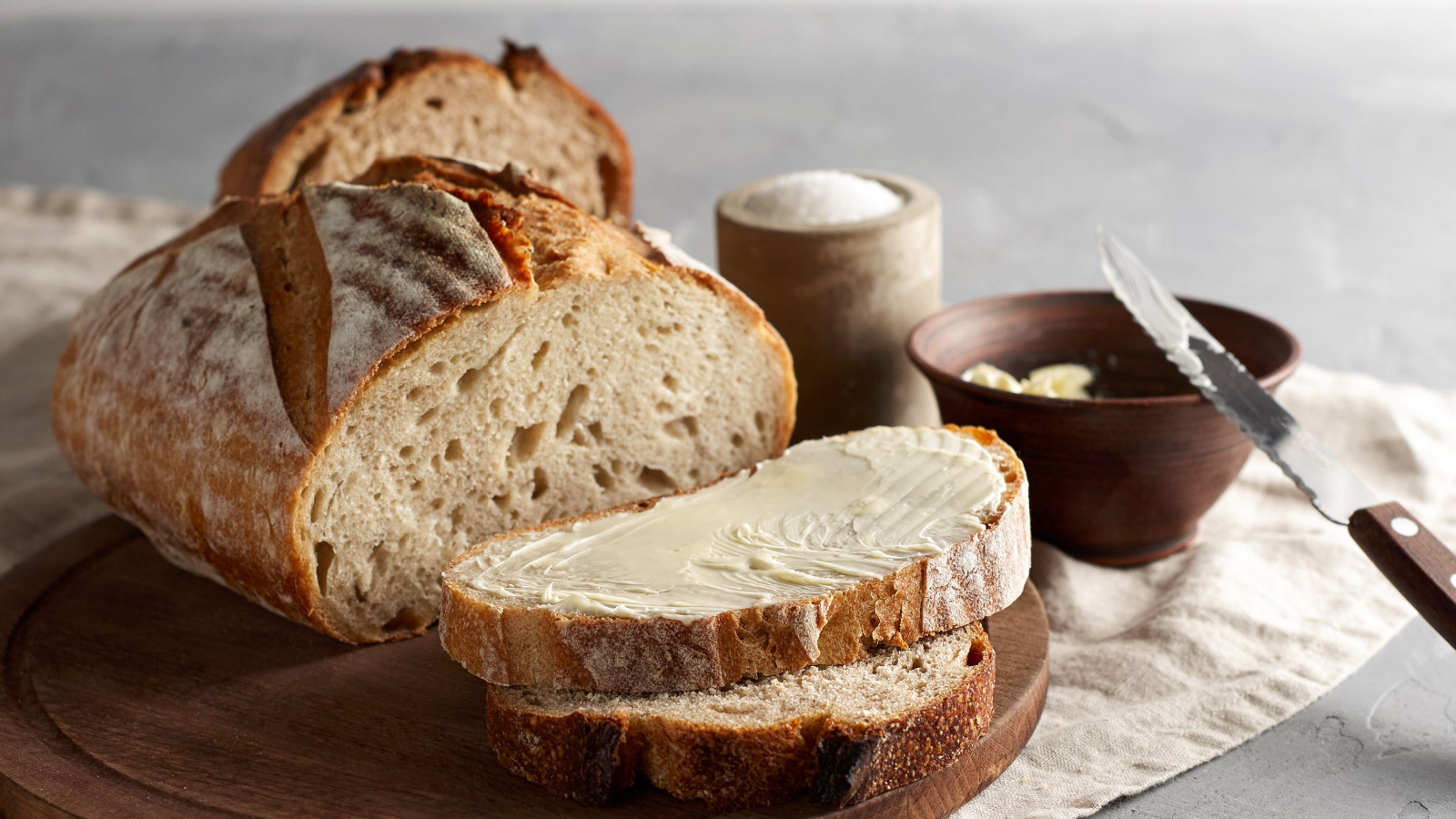
Bread, a grocery basket essential, has quietly become much more expensive. Rising wheat prices, higher production costs, and increased packaging expenses are all to blame. A single loaf of multigrain bread can now cost $4-6, and specialty varieties climb even higher. For households with kids, sandwiches and toast add up quickly, making bread one of the most noticeable price hikes. While discount brands and bulk shopping help, many Canadians can’t ignore how much this staple eats into their budget.
Eggs
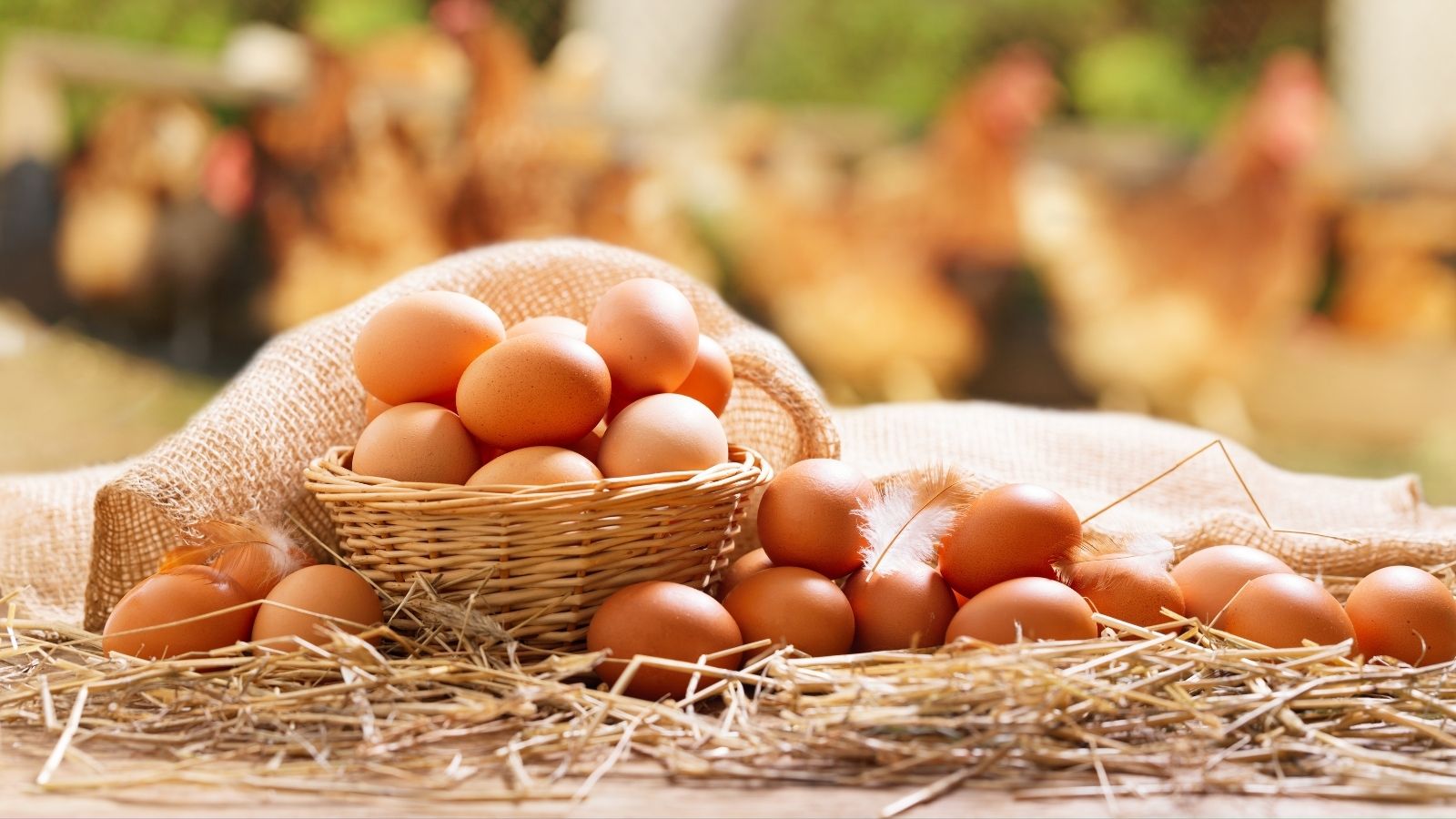
Egg prices in Canada have soared, and consumers are feeling the pinch. A dozen eggs, once a relatively cheap protein source, can now cost $5–7, depending on the province. Avian flu outbreaks have disrupted supply chains, while rising feed and transportation costs add more pressure. For families who bake or cook regularly, the price jump is impossible to ignore, as even alternatives like liquid eggs and free-range options cost significantly more. What used to be one of the most affordable protein sources has quickly joined the list of overpriced basics in Canadian kitchens.
Chicken
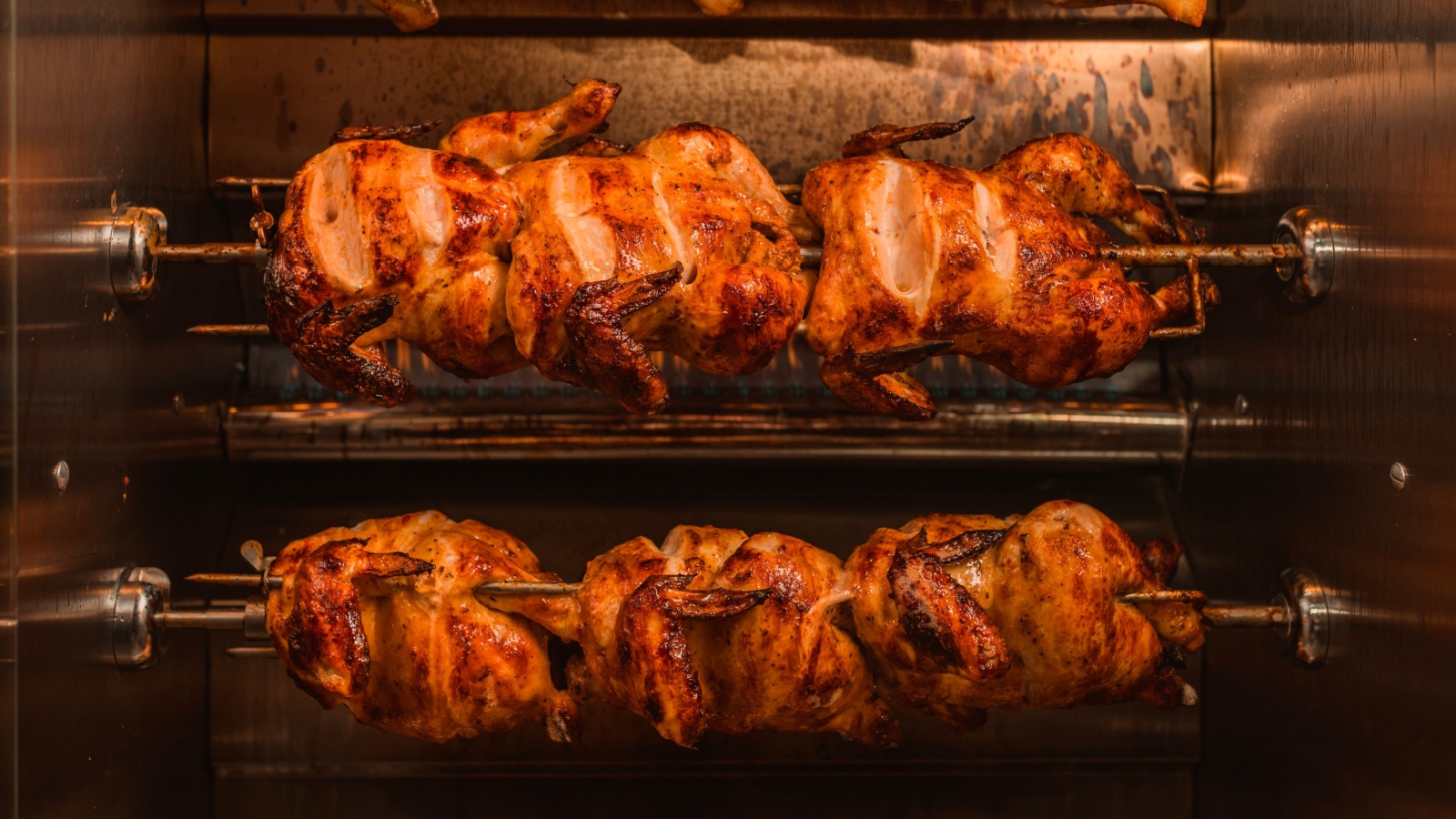
Chicken, long seen as a budget-friendly meat, isn’t so affordable anymore. Prices per kilogram have risen sharply, with boneless, skinless breasts often costing over $15 for a small package. Supply management, processing costs, and high demand all drive up the price. For families that rely on chicken as a weekly staple, this adds a serious strain to meal planning. Many Canadians are turning to cheaper cuts like thighs or drumsticks, but even those aren’t the bargains they once were.
Beef

Beef prices remain stubbornly high, especially for popular cuts like steaks and roasts. A simple ribeye can now cost over $30, making steak dinners at home nearly as expensive as dining out. Drought conditions, feed shortages, and high processing costs continue to push retail prices upward. Even ground beef, once considered a budget-friendly option, averages $10 or more per kilogram, and for many families, beef has become a rare indulgence rather than a weekly staple. Canadians are buying smaller portions, stretching meals, or skipping beef altogether in favor of cheaper proteins.
Coffee

Coffee lovers are feeling the squeeze, with rising prices hitting both grocery store shelves and café counters. Global supply issues, climate change impacts on coffee-growing regions, and shipping costs all contribute to the surge. A standard bag of ground coffee can cost $12–18, and premium beans climb even higher. For Canadians who start their day with a brew, this adds up quickly. While some switch to store brands or buy in bulk, the quality difference is noticeable, as what used to be an affordable daily comfort is now an expensive habit to maintain.
Butter

Butter prices have jumped significantly, with a single 454g block often costing over $7. Dairy supply management, rising production costs, and high demand from both households and bakeries have all contributed. For families that bake frequently, this price spike is particularly painful. Even margarine, once the cheaper alternative, has climbed in price too, narrowing the options for budget-conscious shoppers. Canadians are buying smaller quantities or waiting for sales, but butter has clearly shifted from an everyday fridge staple to a costly indulgence.
Fresh Fruit
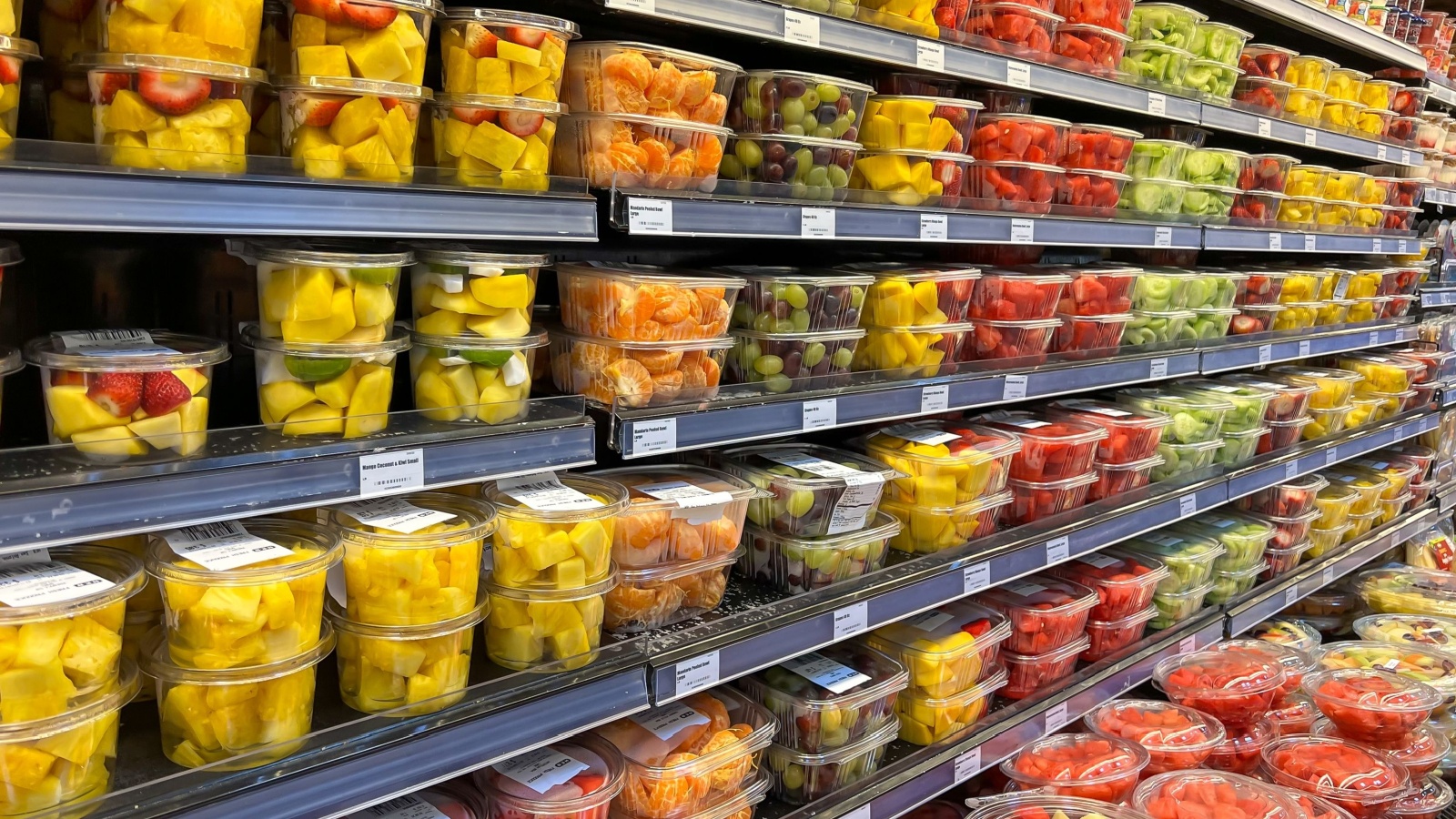
Fresh fruit, especially imports like berries, grapes, and citrus, has seen major price hikes. Out-of-season fruit shipped long distances comes with added transportation and climate-related costs, pushing prices beyond $6–8 per small package. Even apples and bananas, once dependable low-cost fruits, aren’t immune to inflation. For families trying to maintain healthy diets, the rising cost of fruit is discouraging. Many shoppers are turning to frozen or canned options, but they don’t fully replace the appeal of fresh produce. Eating well in Canada has quietly become more expensive than ever.
Fresh Vegetables
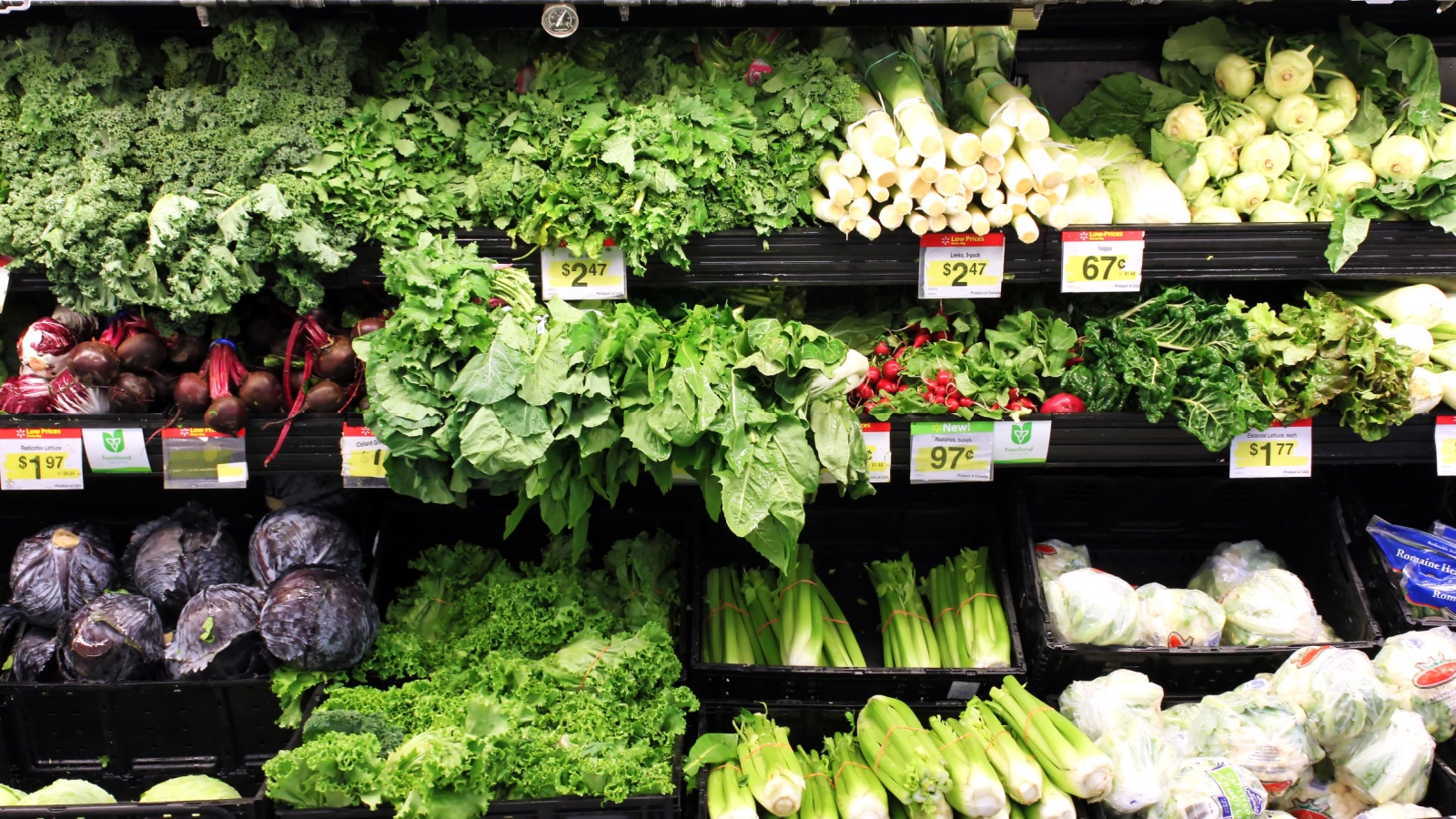
Vegetables like peppers, lettuce, and broccoli have become surprisingly costly in 2025. Climate disruptions, shipping expenses, and greenhouse energy costs are all pushing prices upward. A head of lettuce can now top $5, while a small pack of bell peppers might cost $7–8. For Canadians trying to maintain balanced diets, this is especially frustrating. Buying seasonal and local helps somewhat, but even farmers’ market prices aren’t what they used to be, and the most affordable section of the grocery store has turned into one of the most expensive aisles.
Pasta

Pasta, once the ultimate cheap dinner option, has crept up in price over the past few years. A simple one-kilogram bag that used to cost under $2 can now cost closer to $4–5. Higher wheat costs, shipping fees, and inflation in packaging are all to blame. For families who rely on pasta for quick and affordable meals, this has been a noticeable change. Even specialty varieties like gluten-free or organic pasta now feel like luxuries. While still cheaper than meat, pasta no longer stretches the grocery budget the way it once did.
Cooking Oil

Cooking oil, especially canola and olive oil, has seen steep price hikes in Canadian stores. A standard one-liter bottle of olive oil can now cost $12–15, while canola and vegetable oils that were once budget-friendly often hit $8 or more. Global supply disruptions, droughts affecting crops, and increased shipping expenses have all contributed. For households that cook regularly, the rising cost adds up quickly, and even restaurants have been hit hard, passing those costs down to diners. What used to be a kitchen essential you hardly thought about has become a wallet-draining purchase.
Cereal

Breakfast cereal has become surprisingly pricey in 2025, with many popular boxes climbing above $7–9. Rising grain costs, branding, and packaging inflation all play a role. While promotions and bulk deals help a little, families with kids who eat cereal daily feel the pinch most. Healthier or specialty cereals, including high-protein or organic versions, can easily hit $10–12. For many Canadians, cereal is no longer the affordable go-to breakfast it once was, and shoppers are starting to reconsider alternatives like oatmeal or homemade options to avoid paying so much.
Fish and Seafood
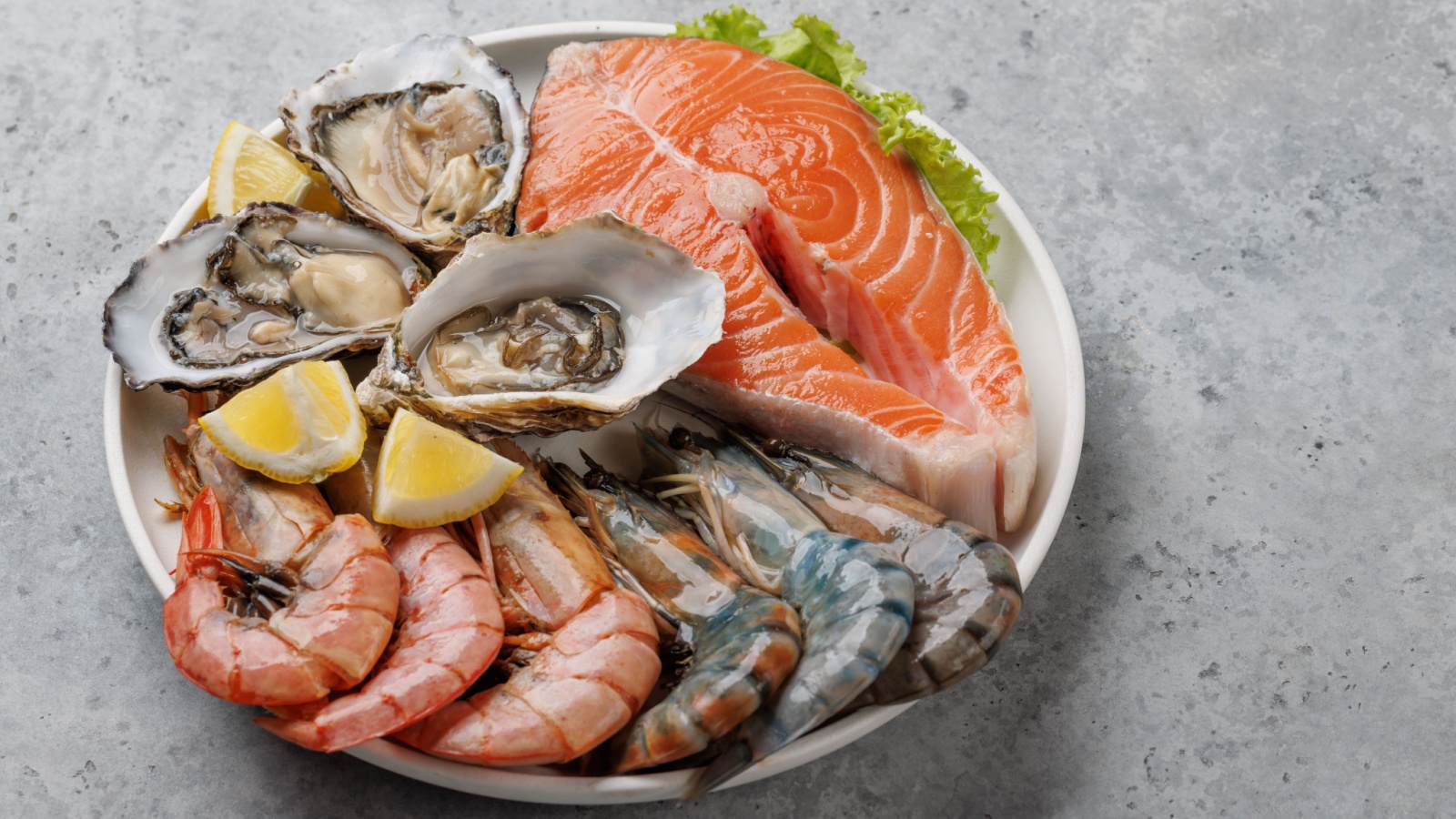
Fresh fish and seafood have become some of the most expensive items in Canadian grocery stores. Salmon fillets often sell for over $30 per kilogram, while shrimp and scallops are priced like luxury goods. Climate pressures on fisheries, rising global demand, and transportation costs all contribute to the problem. Even canned tuna and frozen fish, once reliable budget options, have seen significant price increases. For many Canadians, seafood has gone from being a healthy weekly meal choice to an occasional splurge, leaving shoppers frustrated at the cost of eating well.
Snack Foods

Chips, cookies, and crackers may not be essentials, but their price increases are hard to ignore. A standard bag of chips now often costs $5–6, and name-brand cookies push past $7. Packaging, shipping, and production costs are behind the jump, but shoppers still feel like they’re being gouged. For families, snacks that once filled lunchboxes cheaply are now a noticeable line on the grocery bill, while even store-brand versions don’t feel as affordable as they used to, making indulging in a bag of snacks come with more guilt from the price tag than the calories.
Frozen Foods
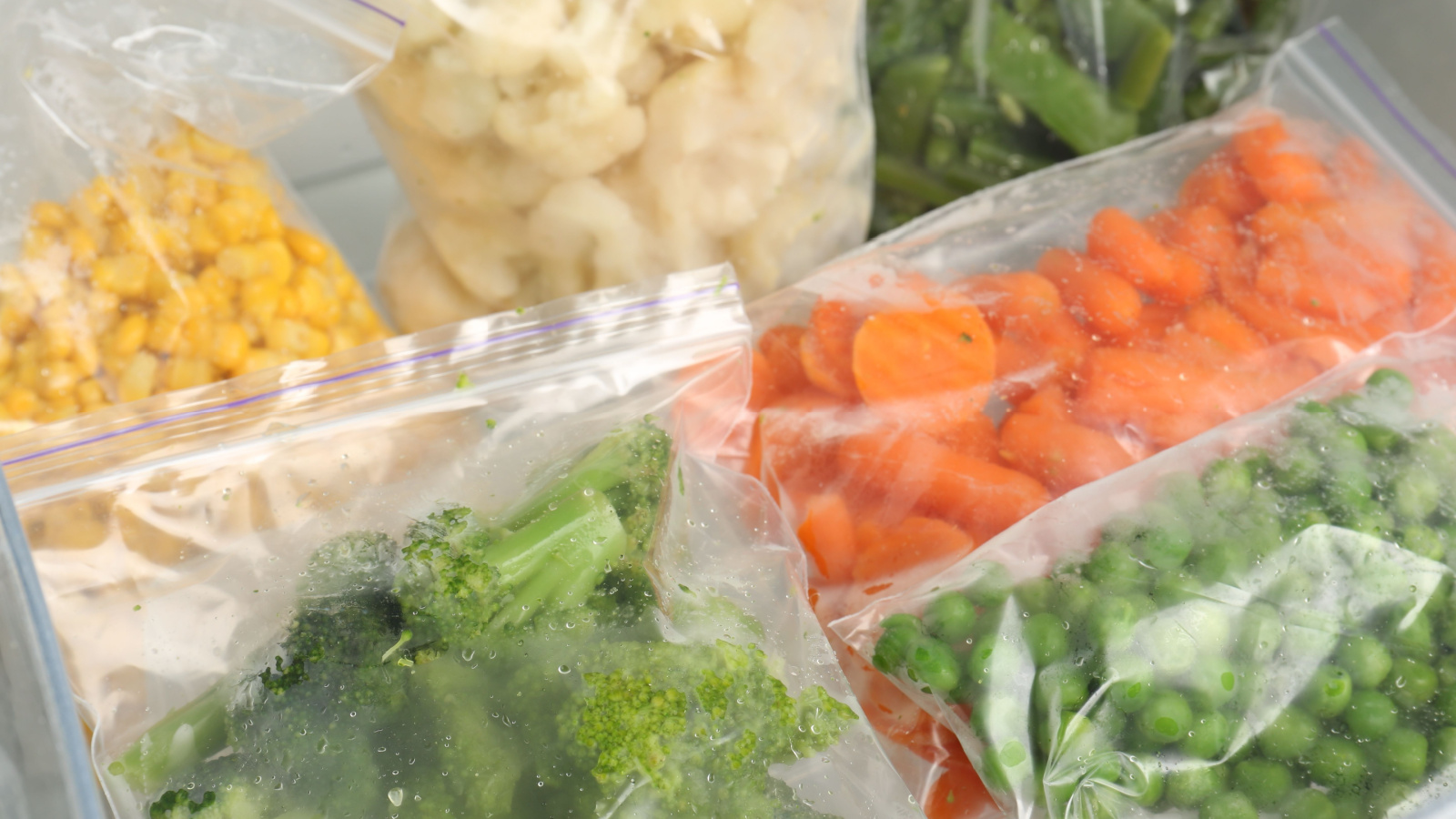
Frozen foods, from vegetables to ready-made meals, have quietly become much more expensive. A bag of frozen peas or corn that once cost $3 now averages $5–6, while frozen pizzas often climb past $10. Higher processing, packaging, and storage costs are partly to blame, since frozen products require constant refrigeration during shipping. For busy Canadians who rely on frozen options for quick dinners, this adds up quickly. Even budget-friendly frozen entrées no longer stretch dollars the way they once did, making the freezer aisle a place of frustration for many shoppers.
Bottled Water

Bottled water, once considered a convenient and affordable option, has become surprisingly expensive in Canada. A case of 24 bottles that used to sell for $3–4 can now reach $7–8, as rising plastic costs, environmental regulations, and shipping expenses all contribute to the increase. Many Canadians are questioning whether it’s worth buying bottled water at all, especially when tap water is safe and free in most cities. While some still prefer the convenience, others are switching to reusable bottles and filters to cut costs.
21 Products Canadians Should Stockpile Before Tariffs Hit

If trade tensions escalate between Canada and the U.S., everyday essentials can suddenly disappear or skyrocket in price. Products like pantry basics and tech must-haves that depend on are deeply tied to cross-border supply chains and are likely to face various kinds of disruptions
21 Products Canadians Should Stockpile Before Tariffs Hit
